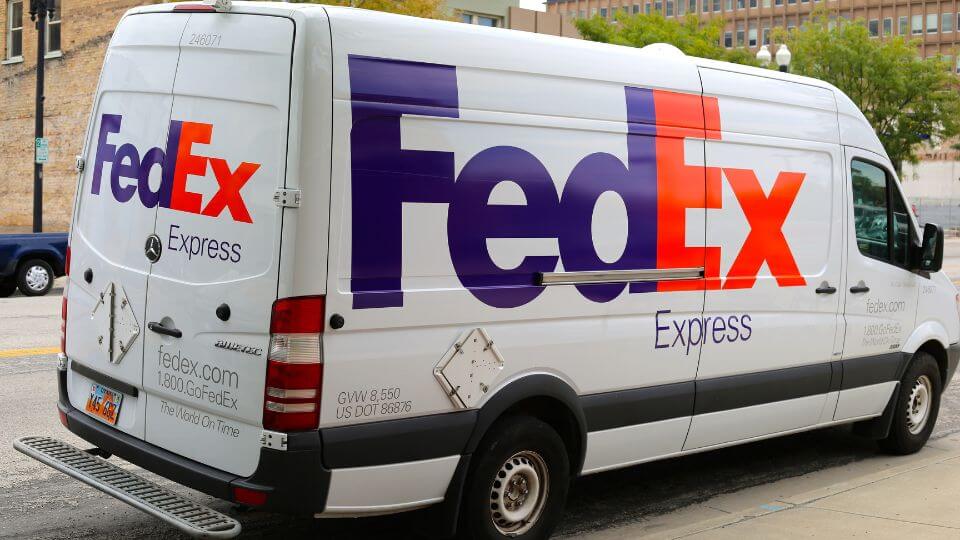
Top 5 FedEx International Shipping Services for eCommerce in 2024
Top 5 FedEx International Shipping Services for eCommerce in 2024 Home > Blog > Top 5 FedEx international shipping services for e-commerce in 2024 Table
The U.S. has one of the biggest marketplaces in the world, and many international businesses are seeking to break into this market. This will allow more consumers to pay attention to your brand and potentially become lifelong ambassadors. In this article, we’ll cover several key aspects that will allow your business to sell products in the United States.

It’s always crucial to first analyze your business within your new market. This can be done by assessing the value of a product after it is introduced to the international marketplace, and by taking into consideration your retailer’s unique selling point (a statement or tactic that differentiates a product or brand from its competitors). This will show you if your chosen product will be able to stay afloat in a saturated market.
Selecting a payment provider is another important step in the process, as certain providers may limit the regions from which you accept payment. Popular forms of payment like PayPal, Mastercard, and Visa have transparency about accepted payments in your preferred regions.
As you grow online, it’s necessary to have as many payment options as possible to give your customers the most flexibility when it comes to the checkout process. Popular payment options should also be met with rising payment options and even independent payments for smaller regions. This way, you can add or take away providers depending on which state or county you are selling in.
Is there too much competition for your product? Is there U.S. demand for your product? These two questions need to truthfully be answered or you may run the risk of failing your expansion into the U.S. market. For example, football equipment (American football), may be popular in the United States but fail to attract in the UK because football is primarily a U.S. sport, while ‘football’ in other countries refers to soccer.
Going worldwide is an ideal all companies seek to strive toward, but often proves difficult to manage. It’s a good idea to start small in a niche market that has a lot of demand for your product. From there, your company should look to grow at a steady pace, instead of putting everything on the line to expand – especially without the assistance of a respected 3PL.
International shipping rates tend to be more costly than domestic shipping. Evaluating taxes, fees, and overall expenses before you begin selling overseas will allow you to get an estimate of your potential profits. This also accounts for the cost of materials, production, packaging, and shipment materials.
Transportation costs could also be lower should you keep inventory near your consumers. For example; with Simple Global’s international fulfillment facilities, you’ll be able to distribute your products to a global audience with ease. in fact, using a 3PL as your order fulfillment partner will assist in boosting your overall business, and help scale your brand internationally.
Certain products such as medical supplies have restrictions on import (according to individual materials). This can be frustrating for businesses as they will not be able to sell their products in the U.S. Learning about customs restrictions and shipping requirements will help you in your decision for product expansion.
The U.S. market is a key target for any international seller. if you are planning on breaking into the U.S. market, you will need to consider an order fulfillment 3PL partner. Simple Global can help you become successful in your U.S. expansion, and take your company to new heights.
Find out how here.

Top 5 FedEx International Shipping Services for eCommerce in 2024 Home > Blog > Top 5 FedEx international shipping services for e-commerce in 2024 Table

What is White Glove Delivery and How Does it Work? Home > Blog > What is white glove delivery & how does it work? Key

What is DDU Shipping? Delivered Duty Unpaid Shipments Explained Home > Blog > What is DDU shipping? Delivered Duty Unpaid shipments explained Key Takeaways: DDU
Simple Global removes the complexities of cross-border trade while improving the post-sales experience. Learn more about us.
© 2012-2024 Simple Global. All Rights Reserved, Simple Global Inc.